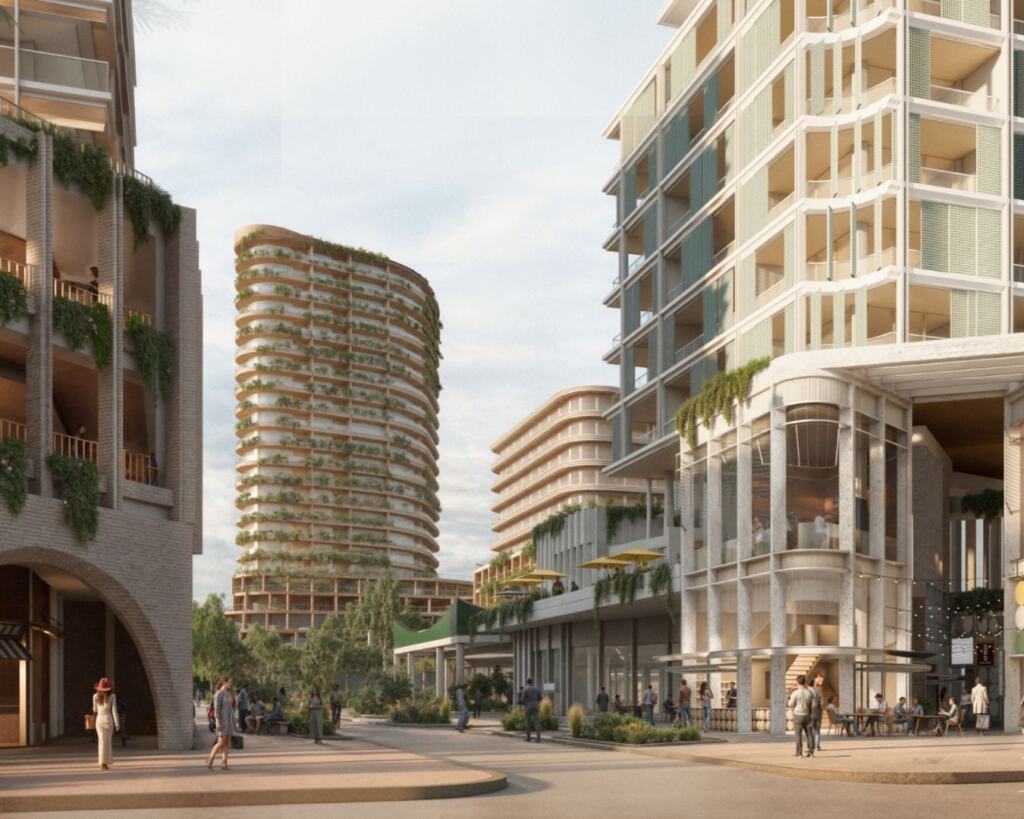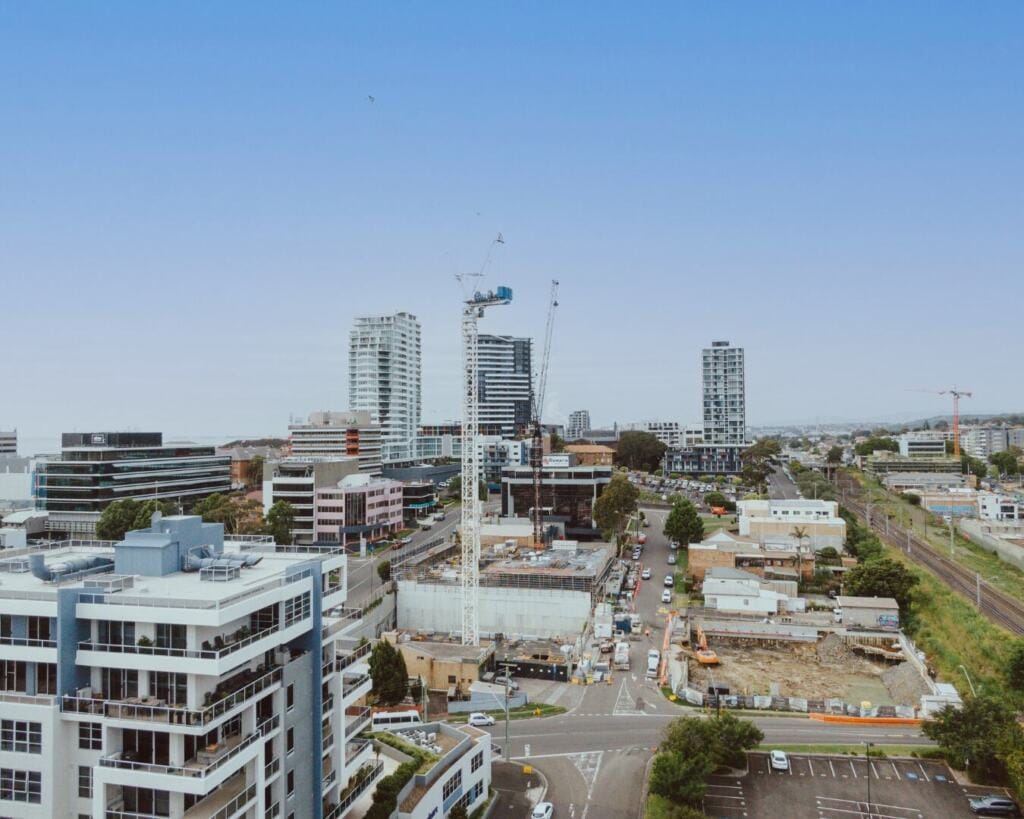Getting Local Character Guidance Right for Future Development
Over the 2024-25 Summer holiday period, Allen Price attracted national headlines (‘No longer fishing villages’: Fight to save charm of South Coast holiday towns’ 25-12-2024 – Sydney Morning Herald) in response to a submission it made to Shoalhaven Council in July 2024 for the exhibition of a planning proposal seeking to introduce planning provisions to protect local character.
The following is provided as a summary response to this media coverage intended to provide further context to our original submission.
The Importance of Clear and Practical Local Character Statements in Land Use Planning
Shoalhaven Council recently proposed the inclusion of character statements in the land use zone objectives for areas where medium or high-density housing is allowed under the local environmental plan (LEP). The full Council report can be viewed here. Allen Price emphasises the significance of preserving local character in development.
Local character is crucial because it defines and connects communities. If planning authorities are to regulate this character, the guidelines for future development must be clear, practical, and easy to understand.
The Role of Character Statements
Character statements define the unique qualities of an area that should be preserved or enhanced in future development. Often, these statements are used in heritage conservation areas to help balance growth with preservation, ensuring that new development aligns with the established character of the area.
The Problem with Ambiguity in Shoalhaven’s Provisions
A key concern with Shoalhaven’s proposed provisions is the use of subjective and vague language. The new zone objectives in the Shoalhaven LEP state that development should be “compatible with the identified existing or future desired character of the area.” The use of words like “desired” and “identified” creates confusion and leaves room for different interpretations.
For example, the term “desired” refers to a strong wish for something, but in the context of urban planning, it’s unclear who defines what is “desired” and how this translates into planning objectives. Similarly, the term “identified” raises questions about how and by whom the character has been determined, and what criteria were used.
The Roberts Day “interim” character statements, based on 2018 character audits without community input, are proposed to inform council assessments. However, these statements may not adequately capture the evolving character of the Shoalhaven towns and villages, which are often influenced by natural features like beaches and waterways rather than the built environment. The lack of clarity leaves developers, planning authorities, and the community uncertain about how the area’s character will be preserved or altered.
Worse, the ambiguity can be exploited by anti-development groups to oppose reasonable new projects, especially in areas with ageing housing stock like late 20th- century fibro homes.
Uncertainty Leads to Delays
The Residential Zones (R1, R2, R3, R5, etc.) in the Shoalhaven LEP allow a variety of residential developments, including attached dwellings, boarding houses, dual occupancies, and more. The LEP is meant to identify where these developments are desirable based on strategic planning.
When character statements are added to the LEP, they add complexity to evaluating new development already permitted in those zones. While the intent is to provide guidance, unclear language can result in delays, debates, and costly changes during the approval process. This uncertainty is detrimental to developers, planning authorities, and the community, all of whom rely on clear guidelines.
As urban areas evolve with more infill development, the planning framework must offer specific and actionable instructions, not leave decisions up to interpretation.
The Need for Clear Guidance on Future Development
Another concern is the use of the word “future” in character statements. While preserving local character is important, it’s essential to allow towns and villages to evolve to meet the needs of a growing population and economy.
The wording “compatible with the identified existing or future desired character” can be interpreted in different ways—whether it means existing, future, or both. If the LEP implies that future development must strictly adhere to current, often unremarkable, character types, this could stifle necessary growth and innovation.
Instead, development should be viewed as a forward-thinking process that accommodates change while preserving essential cultural and historical aspects. If the goal is for new developments to reflect existing design characteristics, this should be handled through clear design guidelines in the Development Control Plan (DCP), not as restrictive zoning provisions.
A Call for Clearer, More Actionable Objectives
Land use planning is about more than just maintaining the status quo; it’s about creating communities that are vibrant, inclusive, and capable of meeting future
challenges.
While Shoalhaven Council’s focus on local character is well-intentioned, the language used must be clearer, more specific, and forward-looking. The integration of the Roberts Day interim character statements into the DCP, without proper Community engagement and planning is premature.
By removing vague language and ensuring character statements reflect both existing and future needs, we can better guide urban development. This approach will support sustainable growth, innovation, and the preservation of what makes each area unique.
Preserving Shoalhaven’s distinct local character requires a nuanced and practical approach to planning. The current ambiguity within the proposed LEP, particularly concerning the definition and application of “local character,” presents significant challenges. Vague language, subjective interpretations, and a lack of genuine community engagement create uncertainty for developers, frustrate the planning process, and risk stifling the very innovation and sustainable growth Shoalhaven needs.
At Allen Price, we understand that local character is not a static concept. It’s a living, breathing element shaped by history, environment, community, and the ongoing dialogue between the past and the future. We believe that protecting this invaluable asset demands more than well-intentioned but ultimately toothless pronouncements. It requires clear, actionable strategies that provide concrete guidance while allowing for evolution and adaptation.
We at Allen Price are deeply invested in the future of Shoalhaven. We are ready to partner with Shoalhaven Council, developers, and the community to navigate these complex planning challenges. We offer the expertise, the experience, and the dedication to ensure that future development enhances, rather than diminishes, the unique and irreplaceable character of the Shoalhaven region. When it comes to understanding, protecting, and thoughtfully integrating local character into the fabric of Shoalhaven’s future, Allen Price is the trusted advisor and expert you can depend on.










